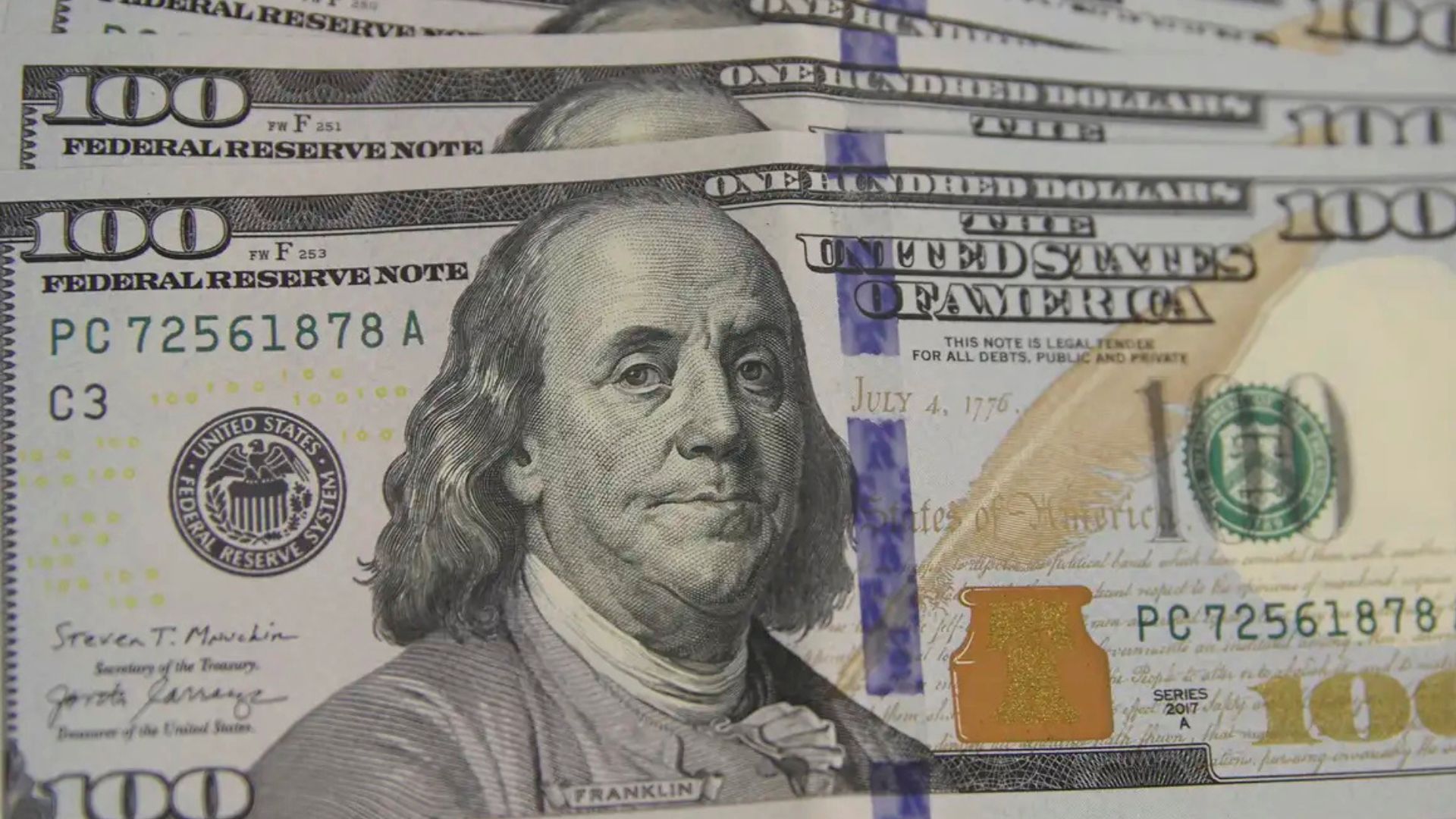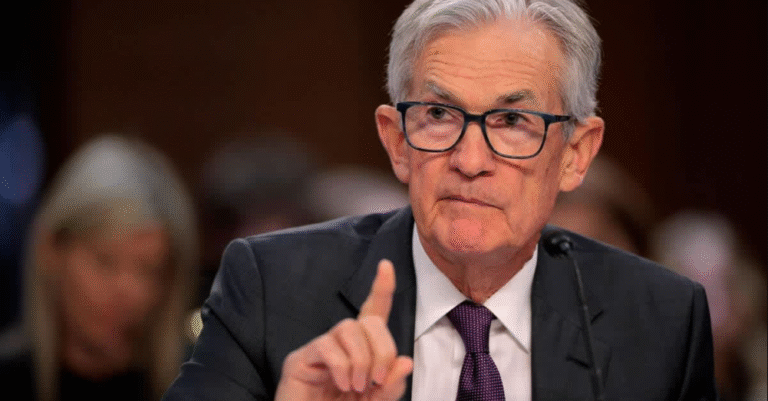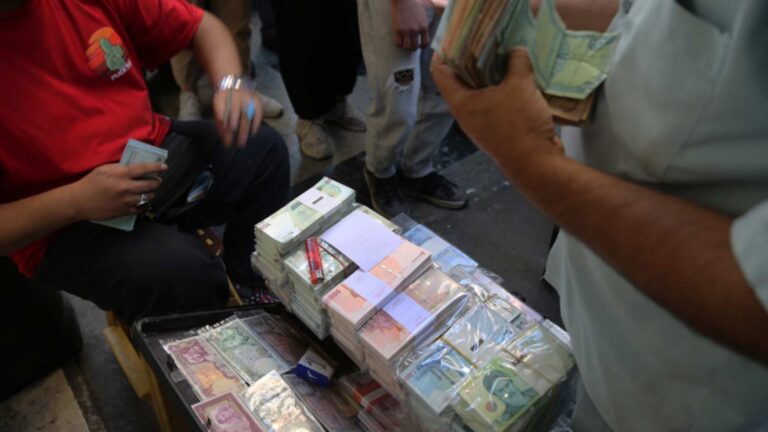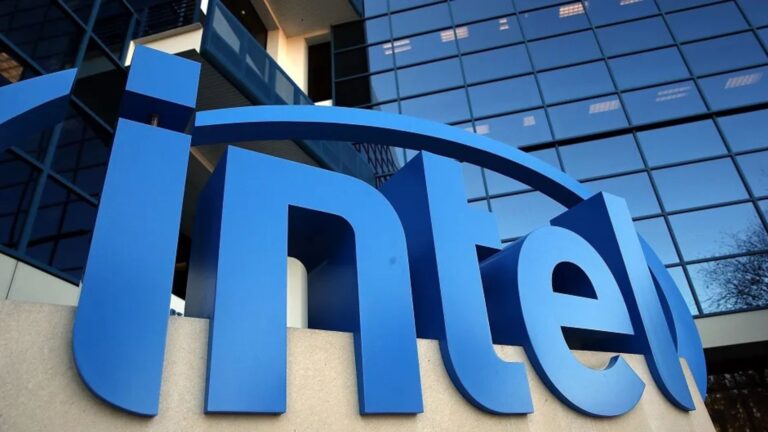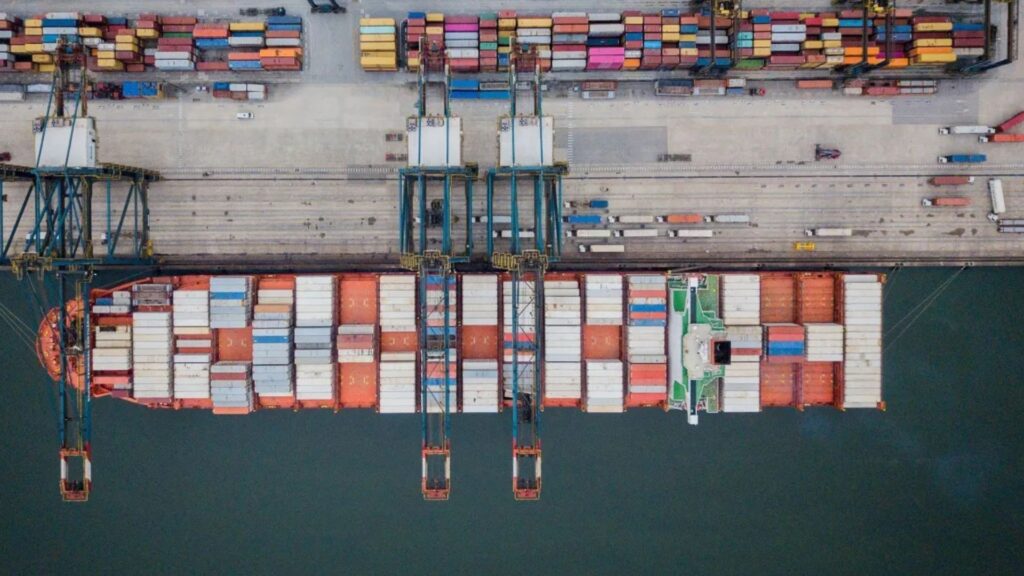
Brazil reached a record stock of US$ 1.141 trillion in foreign direct investment in 2024, equivalent to 46.6% of the national GDP, according to the Foreign Capital Census released by the Central Bank on Friday (CNN Brasil).
The United States leads as the source of the largest share of these resources, with US$ 244.7 billion or 28% of the total, even after implementing tariffs of up to 50% on Brazilian exports in August (Agência Brasil; InfoMoney).
Paradox of Economic Relations Amid Trade Tensions
Despite the comprehensive “tariff hike” that came into effect on August 6 and affected 73.8% of Brazilian sales to the US, data from the Central Bank confirm that Americans remain the main direct investors in the country (Reuters). The amount of US$ 884.8 billion corresponds to equity participation in almost 19,000 companies, while US$ 256.4 billion refers to intercompany operations (Trading Economics).
The irony of the situation becomes evident when considering that the American tariffs, justified by President Donald Trump as a response to “Brazil’s treatment of Bolsonaro” and alleged unfair trade practices, coexist with the fact that Brazil maintains a trade deficit with the US—importing US$ 41 billion versus exports of US$ 40.92 billion in 2024 (US Import Data; Trading Economics).
Sectoral Concentration and Tax Haven Presence
Fernando Rocha, head of the Statistics Department at the Central Bank, explains that the investment list considers the “immediate investor,” which is why tax havens such as Luxembourg (US$ 79.2 billion, 9%) and the Cayman Islands (US$ 20.7 billion, 2%) appear among the main entries (KPMG Brasil). “These are so-called tax havens, places where companies send their resources, centralize their financial operations there because they pay fewer taxes, and from there the money comes to Brazil,” he detailed.
When considering the ultimate controlling country—disregarding subsidiaries and tax havens—the US remains in the lead with US$ 232.8 billion (26%), followed by France (8%), Uruguay (7%) and Spain (6%) (CEIC Data). The services sector accounts for 59% of investments, followed by industry (29%) and agriculture/mineral extraction (12%) (CEPAL).
Regional Investment Context
Brazil’s position as Latin America’s largest FDI recipient has been reinforced despite the tariff tensions. According to ECLAC data, Brazil received 38% of all foreign direct investment flows to Latin America and the Caribbean in 2024, with inflows growing 13.8% compared to the previous year (CEPAL).




